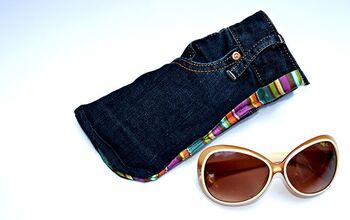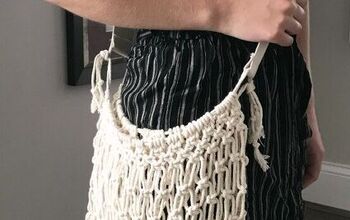7 Ways You’re Wearing Your Shirts WRONG!

In this video, YouTuber Shea Whitney discusses 7 common mistakes people make when wearing shirts.
1. Oversized shirts
The first issue she addresses is the length of oversized sweaters or shirts.
Shea demonstrates a trick to crop a long shirt using a belt placed at the waist. This creates a stylish and on-trend cropped look.
2. Sleeves that are too long
Next, she talks about dealing with sleeves that are too long.
To keep the sleeves in place, Shea suggests using a hair tie around the wrist to create a cute boyfriend-cut style sleeve.
3. Cuffing shirt sleeves
The video then moves on to cuffing shirt sleeves correctly. Instead of just rolling them up, Shea shows how to unbutton the cuffs, fold them up, and then do a double cuff to keep them secure and in place.
4. How to tuck in a button-down
Shea also highlights the importance of tucking in a button-down shirt properly.
The buttons should align with the waistband of your pants for a clean and polished look.
5. Button strategies
Shea emphasizes the versatility of different button strategies, showing how the same shirt can give different styles based on how it's buttoned up or left open.
6. How to wear a basic tee
For basic tees, Shea demonstrates several ways to wear them differently.
She shows how to knot the shirt to the side or tie it through a belt loop for a trendy look without showing too much skin.
She also mentions front, side, and back tucks as ways to change up the style of a basic tee.
7. Wrinkled shirts
Finally, Shea discusses the problem of wearing wrinkled shirts. She advises paying attention to how a shirt looks on the rack and avoiding shirts that tend to wrinkle easily.
Seven ways you’re wearing your shirts wrong
Which of these tips did you find the most useful? Comment down below.
Then, head on over to Shea’s YouTube for more great content.
Enjoyed the project?
The author may collect a small share of sales from the links on this page.



















Comments
Join the conversation
Very interesting I seem to be. Wearing all wrong
How do you find the white sweater that you said you got on Amazon?